Shale Crescent USA: A World-Class Manufacturing Region
Key Takeaways
- Abundant natural gas in Ohio, Pennsylvania, and West Virginia lowers operating costs and volatility.
- Roughly 170 million people live within 1,000 km, while rail lines, inland waterways, and interstates make the region a natural logistics hub.
Winning onshore manufacturing requires two things: reliable energy and dense customer demand. In Shale Crescent USA, both sit in the same place, creating a durable cost, emissions, and speed-to-market advantage.
This graphic, in partnership with Shale Crescent USA, shows how abundant natural gas, proximity to major buyers, and built infrastructure combine to power competitive U.S. manufacturing.
Energy Where You Build
The region, which includes Ohio, Pennsylvania, and West Virginia, sits atop prolific natural gas reserves, providing a dependable supply and some of the lowest industrial prices in the developed world.
Moreover, energy is local rather than distant, so companies avoid fuel logistics that add cost and risk. That reliability supports investments at scale.
Closer to Customers, Lower Emissions
By producing domestically, firms can cut global shipping distances from 30,000 km to about 1,000 km. Therefore, they reduce both emissions and working capital tied up in transit.
Meanwhile, roughly 170 million people live within 1,000 km—nearly half the U.S. market. Rail, inland waterways, and interstates make the region a natural logistics hub.
Built-In Infrastructure and Heritage
Shale Crescent USA helped launch U.S. oil and gas, petrochemicals, plastics, steel, rubber, and glass. Consequently, manufacturers plug into deep supplier networks and skilled labor.
Today, global leaders such as Intel, Shell, Ford, Honda, and Whirlpool operate nearby. This concentration compounds know-how and accelerates time to scale.
Reshoring is accelerating, and energy-intensive projects follow fuel, infrastructure, and customers.
-
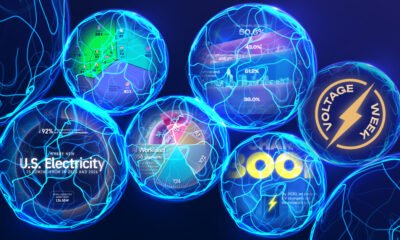
 Energy1 day ago
Energy1 day agoVOLTage Week: 6 Shifts Powering the Future of Electricity
VOLTage Week has come to a close. What key trends did we uncover about the future of electricity?
-

 Energy3 days ago
Energy3 days agoMapped: The Massive Network Powering U.S. Data Centers
Mapped: Where America’s data centers are located—and how their growing power needs are straining the U.S. electricity grid.
-
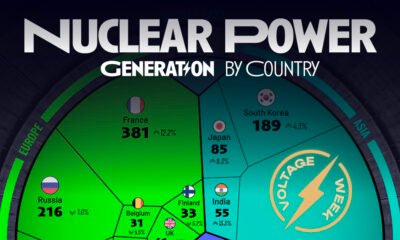
 Energy5 days ago
Energy5 days agoRanked: Nuclear Power Generation by Country
The U.S. leads the world in nuclear power—China and France follow. This VOLTage Week post explores the rankings.
-
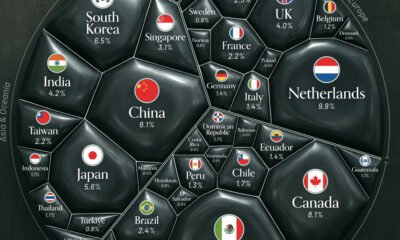
 Energy5 days ago
Energy5 days agoVisualized: The Top Countries Buying U.S. Oil in 2024
See how 3.9 billion barrels were distributed globally.
-
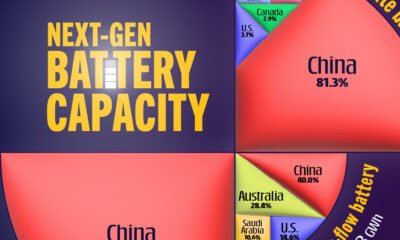
 Batteries6 days ago
Batteries6 days agoNext-Gen Battery Capacity by Country in 2025
China has a dominant position in the two most developed of these technologies: sodium ion and solid-state.
-
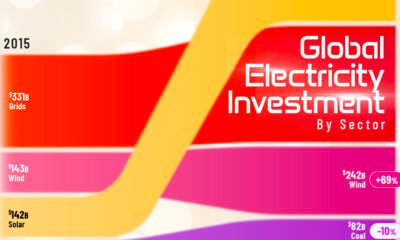
 Energy7 days ago
Energy7 days agoVisualizing $1.5 Trillion in Global Power Investment
Driven by double-digit growth since 2015, renewable power sources are steadily commanding a larger share of global electricity investment.
- Source: https://www.visualcapitalist.com/sp/sc01-shale-crescent-usa-a-world-class-manufacturing-region/


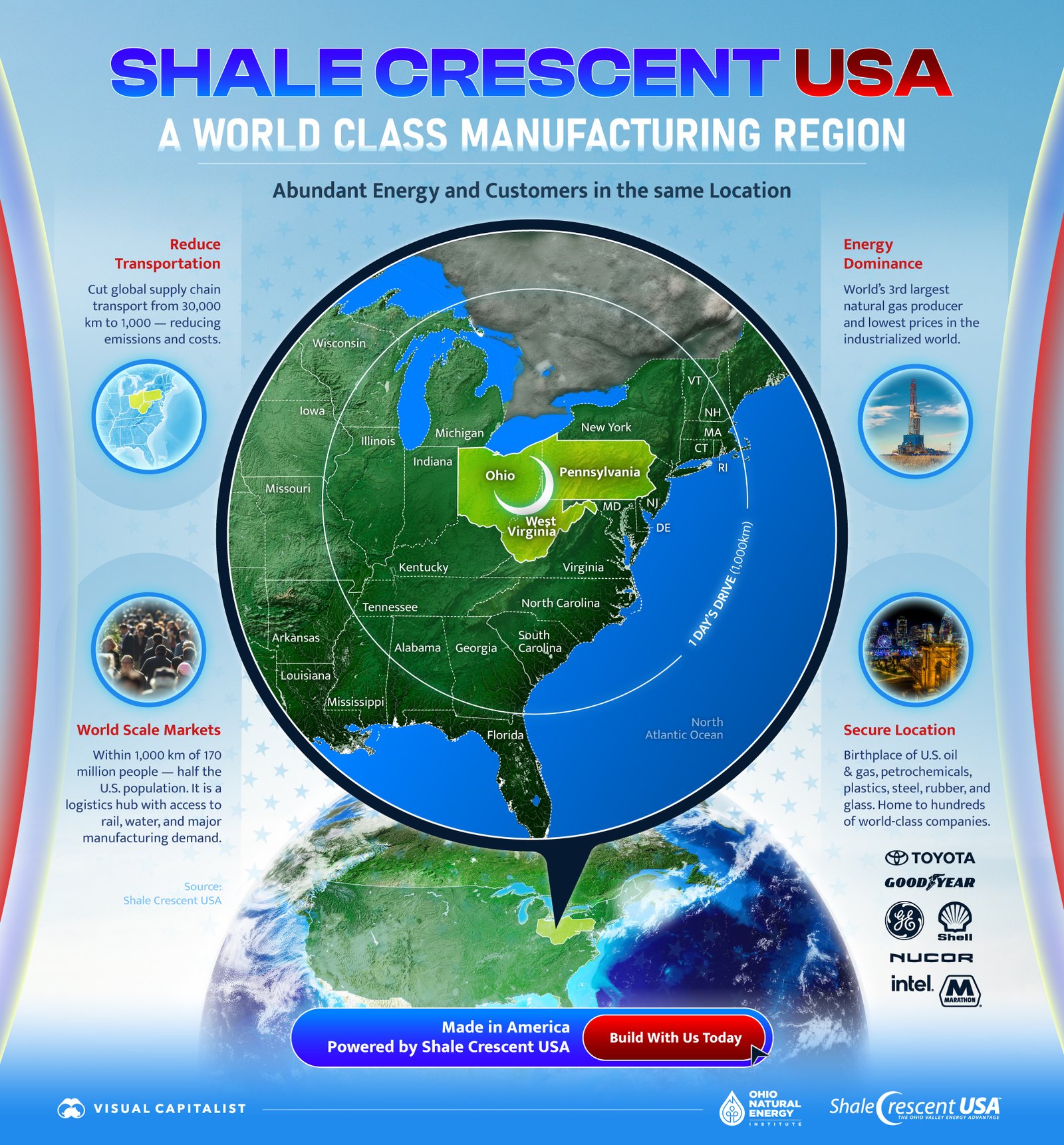















var disqus_shortname = “visualcapitalist.disqus.com”;
var disqus_title = “Shale Crescent USA: A World-Class Manufacturing Region”;
var disqus_url = “https://www.visualcapitalist.com/sp/sc01-shale-crescent-usa-a-world-class-manufacturing-region/”;
var disqus_identifier = “visualcapitalist.disqus.com-182257”;